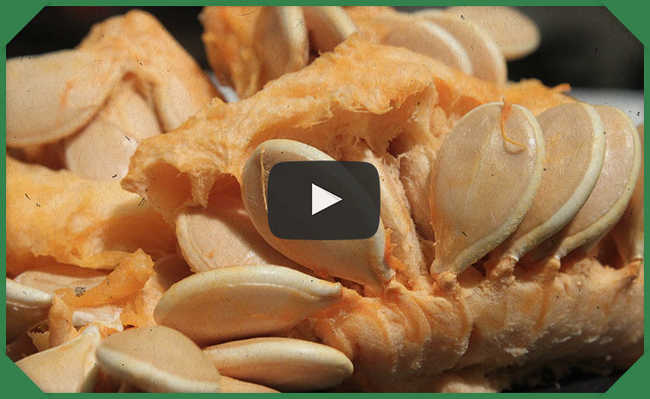Learn more about the Hyacinth Macaw
The Hyacinth Macaw is an animal that stands out for its beauty, size and behavior.

ljwong image by Pixabay
The Hyacinth Macaw, also known as the Hyacinth Macaw, is a bird that belongs to the parrot family and the genus. Anodorhynchus. It is an animal that stands out for its beauty, size and behavior. Currently, the hyacinth macaw is threatened with extinction due to hunting, clandestine trade and the degradation of its habitat as a result of deforestation.
Because it generates high visibility, the hyacinth macaw is a flagship species of Brazil. In order to survive, this bird needs the preservation of a whole chain of species, as well as large extensions of the area in a good state of conservation.
In South America, in addition to the great hyacinth macaw, two more species of hyacinth macaws are known, also belonging to the genus Anodorhynchus: the little hyacinth macaw (Anodorhynchus glaucus) and the Lear's Macaw (Anodorhynchus leari). It is noteworthy that the Lear's Macaw is also threatened with extinction, while the Small Hyacinth Macaw is considered extinct.
parrot family
The parrot family is made up of macaws, parrots, parakeets, jandaias, maracanãs and tuins. All of these birds have very similar characteristics and structures, such as a broad head, a strong curved beak specialized in breaking and peeling seeds, an unusually wide jaw and extravagantly colored plumage. Therefore, any parrot species is easily recognized.
Parrots can be found throughout several tropical areas of the planet, Brazil being one of the richest regions in individuals of this family. Altogether, the family consists of 78 genera, in which 332 species are distributed. According to the Brazilian Committee of Ornithological Records (CBRO), about 84 of these species live in Brazil.
Blue Arara
As the name suggests, the hyacinth macaw stands out for its predominantly cobalt blue coloration, with yellow regions around the eyes and lower jaw. Although the vast majority of its feathers are blue, the inside of this bird's wings is black. In addition, the hyacinth macaw has the skin around its jaw in the shape of a tape and measures around one meter.
The peculiar habits of the hyacinth macaw draw attention. She is considered a social bird, being found flying in pairs or groups. In the late afternoons, the hyacinth macaws gather in “dormitory” trees, which function as resting areas. Therefore, hyacinth macaws have a high capacity for socialization among group members.
Hyacinth Macaw Habitat
The hyacinth macaw inhabits open areas of tropical regions in Brazil, Paraguay and Bolivia. In Brazil, these birds are found mainly in the Pantanal, where they occupy the edges of mountain ranges and places affected by human activities. The hyacinth macaw is also present in regions along footpaths in the Cerrado. Furthermore, they can be found in some areas of the Amazon, along forest formations and in dry forests.
Hyacinth macaw feeding
The hyacinth macaw has a strong, curved beak that specializes in breaking and peeling seeds. Therefore, their diet is restricted to palm fruits, such as buriti, licuri and macaúba. The hyacinth macaw is usually observed feeding in flocks. This type of feeding is an important form of protection against predators. In addition, due to migration cycles, hyacinth macaws play a fundamental ecological role in seed dispersal.
Hyacinth macaw reproduction
The hyacinth macaw begins to develop its family around the age of seven. An interesting feature of these birds is that they show monogamous behavior, forming couples that remain together even outside the breeding season. These pairs share tasks among themselves, such as caring for the chicks and the nest.
During reproduction, the female spends most of her time in the nest, taking care of the incubation of eggs, while the male is responsible for feeding her. In addition, hyacinth macaws build spaces to be used in reproduction. Usually, they use some cavity started by other birds and increase the size of the area.
In the first few months after birth, puppies are very weak and may suffer from predation or parasitism. Therefore, they remain in the nest for about three months, taking flight only after this period. However, the puppy only separates from his parents after 12 months. It is estimated that the life expectancy of these macaws is 50 years.
Is the Hyacinth Macaw endangered?
The Hyacinth Macaw is a species that is not extinct. However, this bird is classified as vulnerable on the Red List of Endangered Species, of the International Union for the Conservation of Nature and Natural Resources (IUCN). According to the list, the hyacinth macaw population is decreasing. The main threats against the species are hunting for illegal trade and the destruction of its habitat.
Lear's Macaw
Unlike the Hyacinth Macaw, the Lear's Macaw has a blue-green coloration on the head and neck. Around the eyes is a pale yellow ring. The wings and tail, in turn, are cobalt blue. This bird can reach about 75 cm in length. Due to conservation programs, the number of individuals of this species has been increasing.
The Lear's Macaw has lived surrounded by stories and mysteries for over 250 years. In the 1970s, researchers discovered that this bird inhabits regions of the Caatinga of Bahia and that it feeds mainly on licuri. Furthermore, they concluded that the species had a low number of individuals.
Therefore, conservation programs for this hyacinth macaw were started. Currently, the population exceeds a thousand individuals, with a clear upward trend. The fact demonstrates that society's efforts, when satisfactorily coordinated and executed, can save species from extinction.
little hyacinth macaw
The little hyacinth macaw was the first bird to be considered extinct in Brazil. According to research, this bird inhabited savanna areas between Brazil, Argentina, Paraguay and Uruguay. In Brazil, it was found in Paraná, Santa Catarina and Rio Grande do Sul. It had a blue-green color on the head and neck, and had a drop-shaped skin around the jaw. In addition, the little hyacinth macaw measured about 70 cm.
Historical records and data on its former population are sparse. It is known that few individuals were captured for zoos and museums and that the last known specimen died in the London Zoo in 1912. Since then, there is no reliable information about the small hyacinth macaw.
The main cause for the disappearance of the Hyacinth Macaw was hunting to feed the troops involved in the war in Paraguay. Another factor concerns the cutting down of the main food source of this macaw to make room for agro-pastoral activities.
Blue Macaw Project
In addition to promoting the preservation of the Pantanal's biodiversity, the Arara-Azul project aims to protect all species of hyacinth macaws existing in the country. Organized by the Arara-Azul Institution, the project has a full-time team to develop monitoring, management and research activities in the areas of operation.
Researchers from this institute also monitor natural and artificial nests of these birds. Since 1999, the number of hyacinth macaws has risen from 1500 to 5000 in the Pantanal. Do your part and help save the endangered hyacinth macaws.ar










